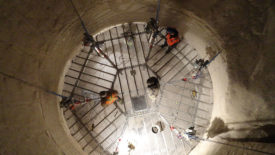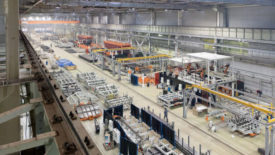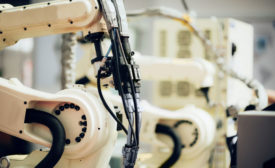Home » Keywords: » productivity
Items Tagged with 'productivity'
ARTICLES
The cost-benefit offers more than just compliance
Read More
Get our new eMagazine delivered to your inbox every month.
Stay in the know on the latest safety trends.
SUBSCRIBE TODAYCopyright ©2023. All Rights Reserved BNP Media.
Design, CMS, Hosting & Web Development :: ePublishing










